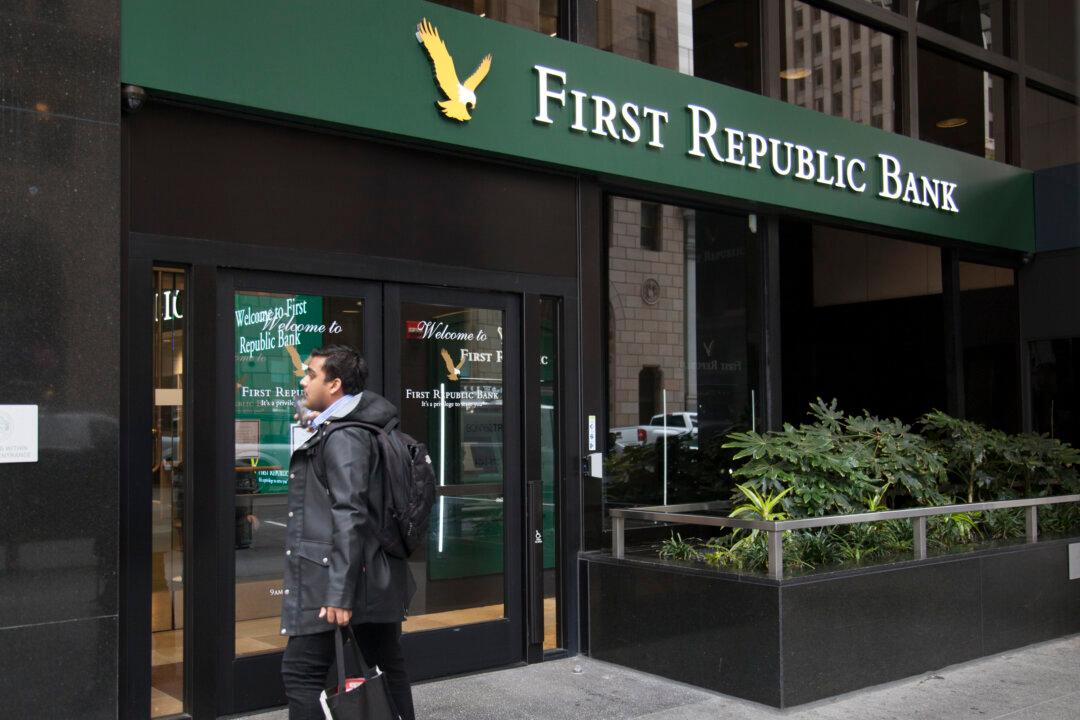First Republic Bank’s (FRB) credit rating was downgraded to junk by two rating agencies, causing its stock to dive.
Fitch Ratings and S&P Global Ratings announced their concerns on March 15 that there was a risk that depositors could pull their funds from the California-based bank, despite promised federal intervention.S&P Global lowered the bank’s credit rating into speculative-grade territory at BB+, down four notches from its previous A- rating.





